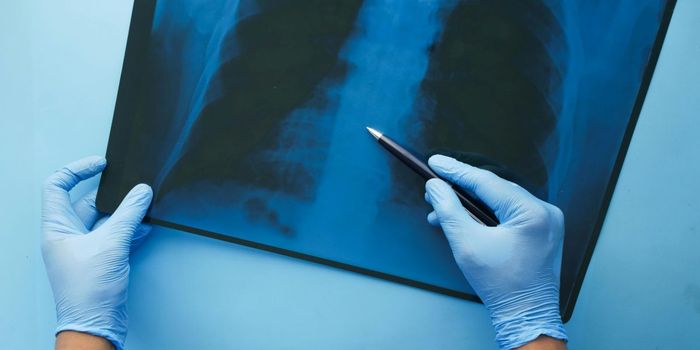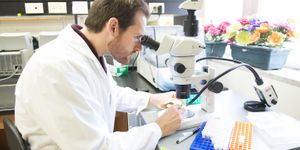Understanding How Skin Regeneration is Controlled
Our skin is a critical protective barrier and has to constantly replenish and repair itself after damage or just normal wear and tear. Reservoirs of stem cells are peppered throughout the skin. They sit inside of little supportive niches that keep their restorative capabilities under tight control; if cells begin to reproduce uncontrollably, it can lead to serious problems including cancer. But there also has to be enough replenishment so that aging isn’t accelerated.
Researchers have not known whether these stem cells are able to signal to other stem cells to create new skin by altering these niche microenvironments, until now. Reporting in Science, a team of investigators led by Elaine Fuchs, the Rebecca C. Lancefield Professor at Rockefeller University has found that stem cells are indeed able to influence other cells, and the regeneration of tissue. They identified a molecular mechanism that stem cells use to communicate across niches.
The research team also found a newly discovered part of the niche called lymphatic capillaries. They are a special kind of vessel that forms of network around the stem cell niche that sits in every hair follicle, and connects all of them. Immune cells can move through these lymphatic capillaries, and excess toxins and fluids can drain out.
In this work, the researchers used a technique that enabled them to see through the skin. "By turning the skin completely transparent, we were able to reveal the complex architecture of this network of tubes," explained the first author of the study, postdoctoral fellow Shiri Gur-Cohen.
Stem cells in the hair follicles help regulate the action of lymphatic capillaries be releasing molecules that can turn the drainage on or off. This allows for the control of how the fluids and cells are composed in the microenvironment, and syncs regeneration in the skin tissue.
"The involvement of the lymphatic system in this process is a new concept," noted Fuchs, "and might potentially provide new therapeutic targets for lymph-related conditions such as wound-healing defects and hair loss."
Learn more about the research of Dr. Fuchs from the recent lecture she delivered at the Research Institute of Molecular Pathology (IMP) in Vienna.
Sources: AAAS/Eurekalert! via Rockefeller University, Science









